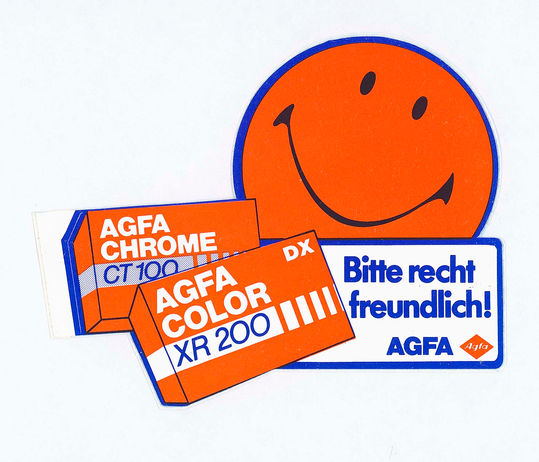
Color reversal film slide film
unframed
35mm slide film with a page size of 24x36mm.
As slide film, slide film (from ancient Greek δία dia, German 'through') or reversal film is a photographic film that, after its development, shows gray values and colors in their natural view.
As a rule, slide films are used so that the resulting recordings are projected onto a screen using a slide projector.
To do this, the individual pictures must be framed.
A typical slide film offers 36 pictures in small format, more rarely only 24 pictures.
Slide films are cut into strips of 5 slides in the development laboratory. Until a few years ago it was possible for the laboratory to automatically frame the individual slides.

Color reversal film slide film
framed
Frames without glass are used, as can be seen in the example below, but also slide frames with glass surfaces. The slides are framed behind glass, as is also done with pictures that we hang on the wall. The glass surfaces achieve a better flatness during the projection, as this ensures a uniform sharpness of the projection.
Disadvantages were the higher cost of these frames, trapped dust, or Newton's rings.
To avoid these color disturbances, slides can be framed under anti-Newton glasses.
Newton's rings (also Newton's rings, named after Isaac Newton) are light-dark zones or interference colors that are created by interference at the air gap between two reflective, almost parallel surfaces.

The range of slide films is manageable, but sufficient. Available today (as of November 2020) z. B. the Fuji 100 Provia F, Kodak Ektachrome E 100 and Fuji Velvia 50 or 100.
Here is a gallery with advertisements for film material - color reversal films and color negative films.
Of course, you can also buy films that have already passed their sell-by date. You can find them in abundance on the well-known Internet exchanges. Another possibility to get unusual films with a high fun factor is this store (external link). In the following gallery you will find pictures taken with Kodak Ektachrome SE Duplicating Film SO-366. The film speed used was between ISO/ASA 3° to 9°, the photos were partly converted to B&W.
Technical datasheet of the Kodak SO-366 for you to download.
 |  |  |
|---|---|---|
 |  |  |
 |  |  |











